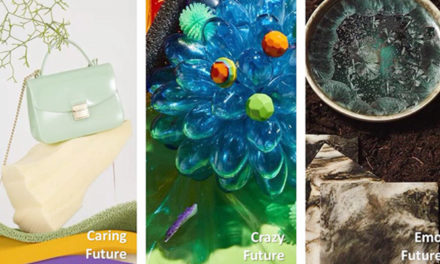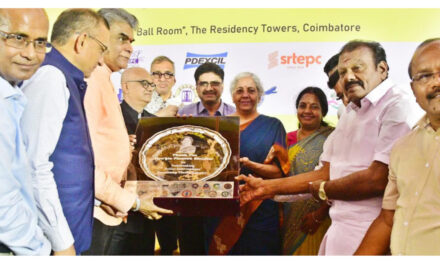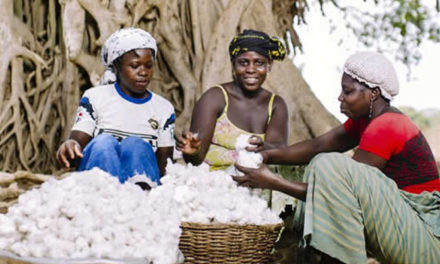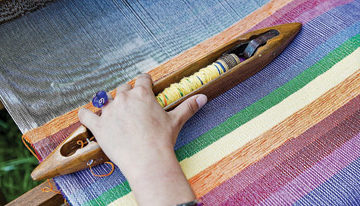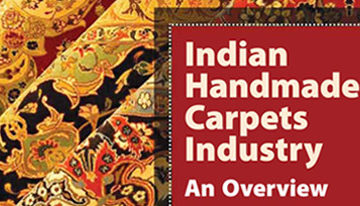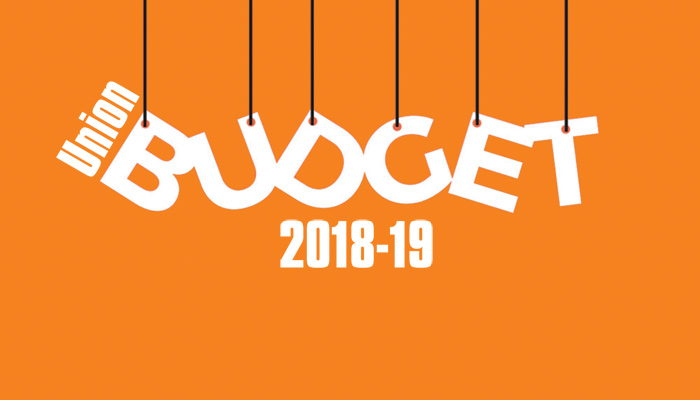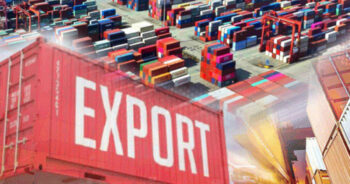 Textile and garment exports contracted 8.5 percent in the first half of FY23 from a year before, far underperforming a 17.8 percent rise in overall merchandise exports.
Textile and garment exports contracted 8.5 percent in the first half of FY23 from a year before, far underperforming a 17.8 percent rise in overall merchandise exports.
According to the latest Commerce Ministry data, textile and apparel exports stood at $18.3 bn in H1FY23, against $20 bn a year before. The demand slowdown in the key markets, on top of a shortage of cotton, dragged down such exports, exporters said.
Worse, the share of textile and apparel shipments in the country’s goods exports has been steadily declining over the past decade and a half, and stood at just 7.8 percent until September this fiscal; the share was to the tune of 13.7 percent in FY16. This suggests a steady erosion of export competitiveness, despite government efforts to turn around the fortune of the largest labour-intensive sector after agriculture, and brings to the fore concerns of job creations in the country.
With the country’s top two textiles and apparel export markets — the US and the EU — witnessing a demand slowdown, shipments of these products will continue to remain under pressure. Unless corrective actions are swiftly taken, the ambitious target of realising annual textile and garment exports of $100 billion in five years is set to be missed.
More importantly, the historical policy bias towards the cotton-based value chain when global consumption pattern veers towards manmade fibre and technical textiles products, domination of small and medium businesses with limited scale, inflexible labour rules for decades, and high logistics costs have hurt this sector. Consequently, India has ceded substantial export market share to Bangladesh and Vietnam in the past decade.
To tackle some of these issues, the government came out with a Rs 6,600-cr package for garments exporters in 2016. It also allowed fixed-term employment to address the issue of seasonality in order flows. However, the relief hardly paid off, as other structural bottlenecks continued to persist.
To fix these, the government announced a Rs 10,683-cr production-linked incentive scheme for only manmade fibre-based and technical textiles products, and selected eligible companies this year. Since the incentive offtake is now expected to be lower, it’s planning to roll out a second PLI scheme for the sector. This, government officials believe, will produce results in the medium term.

